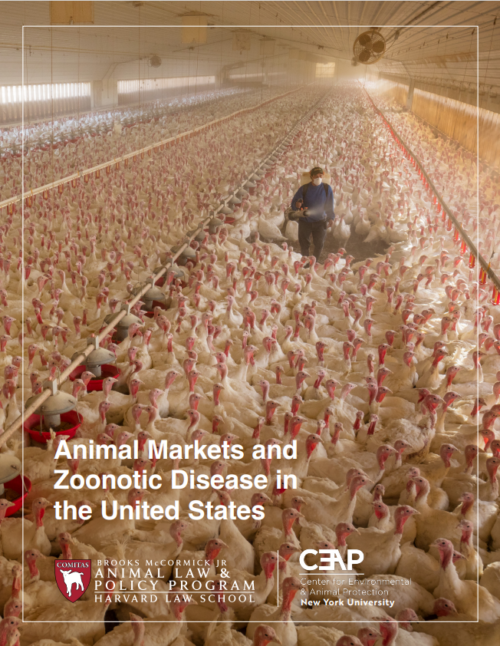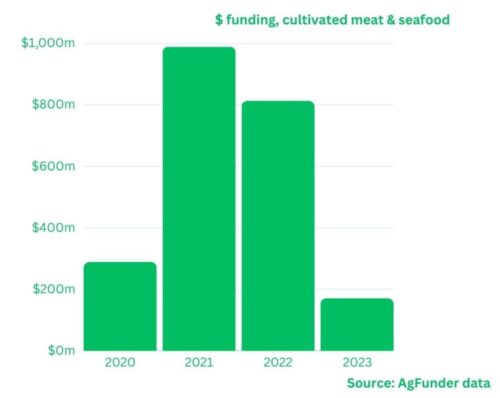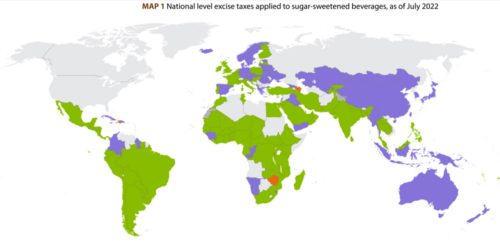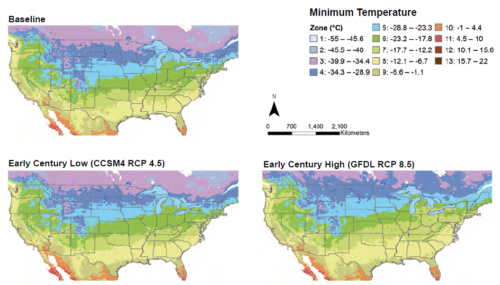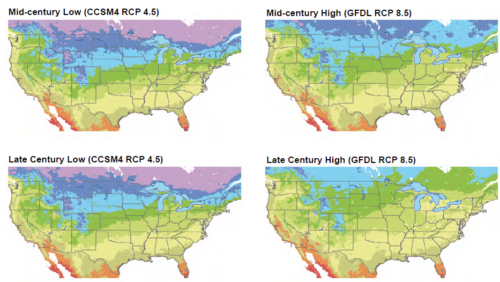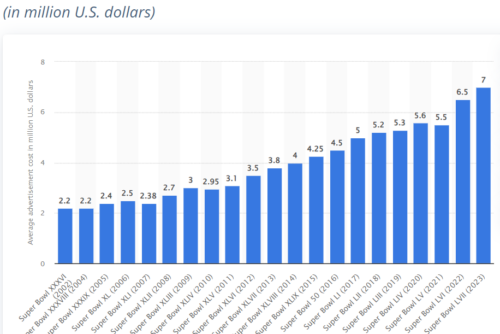Harmful chemicals in food: recent studies are not reassuring
I don’t say much about potentially harmful agricultural or other industrial chemicals in food for several reasons:
- There are so many of them—hundreds to thousands
- They are present in food in small amounts
- The extent of their harm is not well established
BUT (in capital letters because it is a bit one):
- They are not well regulated
- What is known about their health effects suggests harm
Studies of three chemicals illustrate these problems.
DICAMBA
What it is: A herbicide used to kill broadleaf weeds that grow in fields of corn, wheat, and dicamba-tolerant soybeans.
Why it’s a worry: It can cause immediate toxic effects and might be carcinogenic. It is highly volatile and can damage non-target plants through drifting, causing constant complaints from neighboring farmers. The courts have overturned the EPA’s approval of dicamba use. Even though the EPA admits dicamba has adverse effects on handlers as well as “birds, mammals, bees (larvae), aquatic plants and non-target terrestrial plants,” it is allowing existing stocks of dicamba to continue to be used.
The recent study: The headline: Alarming levels of weed killer found in study of pregnant women. The study examined changes in the the number of pregnant women with dicamba in their urine and the amounts excreted from 2020-2012 to 2020-2022. It found increases in both measures.
Conclusion: “Reliance on herbicides has drastically increased in the last ten years in the United States, and the results obtained in this study highlight the need to track exposure and impacts on adverse maternal and neonatal outcomes.”
PHTHALATES
What these are: Chemicals used to soften polyvinylchloride plastics.
The concern: Phthalates leach into food from plastic packaging materials. They disrupt endocrine function.
The recent study: Exposure to phthalates is associated with adverse birth outcomes such as decreased gestational age and increased risk of preterm birth.
Conclusion: “The $1·63–8·14 billion costs of preterm birth described here …add to the disease burden and costs of plastic in the USA, which were recently estimated to be $250 billion annually….Our findings also support individual behavioural interventions to reduce exposure. These include choosing personal care products labelled to be free of phthalates, and replacement of packaged foods with fresh foods.
CHLORMEQUAT
What this is: a plant growth regulator used on wheat, oats, and barley to decrease stem height, making the plants easier to harvest.
Why it’s a worry: Chlormequat has been linked to reduced fertility, altered fetal growth, and delayed puberty in animals.
The recent study: The headline: 80% of Americans test positive for chemical found in Cheerios, Quaker Oats that may cause infertility, delayed puberty. The study found increasing amounts of this chemical in food and urine samples.
Conclusion: “These findings and chlormequat toxicity data raise concerns about current exposure levels, and warrant more expansive toxicity testing, food monitoring, and epidemiological studies.”
Comment: These are only three of all the chemicals out there that get into our food and appear in our bodies. Yes, more research is needed to find out just how harmful they are. But I see no evidence that they are good for us. I think we need:
- Much greater urgency and attention from FDA and EPA on getting these chemicals out of the food supply
- More information about how to avoid the chemicals, especially in pregnant women and young children
- Coalition advocacy for more stringent regulation (the Environmental Working Group is doing a great job but cannot do this alone)

